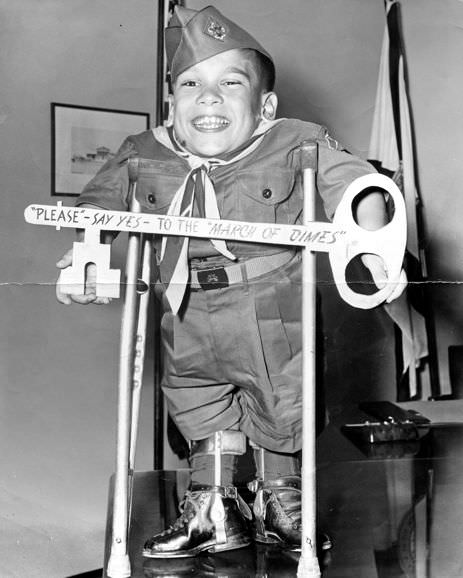
“Short stature will give you extra opportunities. It will lift you out of the crowd. You will be noticed.” ~ David Hornstein, attorney at four-feet-seven-inches.
My first meeting with a client shattered all the stereotypes people have of how lawyers should look. In a crowded court foyer people watched me weave around people’s legs and whispered among themselves, “Is she really a lawyer?” In the office, I introduced myself and invited potential clients to come in and take a seat. Often they hesitated not sure whether to follow or wait for the “real” lawyer to come in. Parents’ faces brightened with embarrassment, when their curious child crawled under my desk and exclaimed in the midst of the interview, “Mummy her feet don’t touch the floor.”
Want to subscribe to receive blog updates sign up today!
But my ability to break free from the lawyer stereotype was helpful. My distinctive appearance made it easy for clients to identify and find me. People came into our office and before agreeing to make an appointment would ask the secretary, “Is this the office of ‘the little lady lawyer’?” Sometimes they gestured with their hand at waist level to make absolutely sure they were in the right place.
During a job search season, one attorney told me that lawyers work hard to stand out from their colleagues. In addition to a good professional reputation, a distinctive feature like a bow tie, cowboy hat, or eye glass frames serves this goal. At 40 inches in height, I don’t need such accessories. My distinctive attributes are naturally built in. People remember me!
Therefore, a special day to put my uniqueness on display is not warranted. My dissimilarity is evident every day of the year. So for those of us with visible disabilities, “National Two Different Colored Shoes Day” on May 3rd appears redundant. Then again, maybe not. Putting a different colored shoe on each foot demonstrates acceptance of differences in ourselves and others, promotes diversity in our world, and encourages us to embrace our uniqueness.
I have come to see my size is a gift that should not be wasted. I can use it to positively influence how people perceive disability, illustrate our abilities, interact with kindness, increase integration into the mainstream, and identify barriers that demand removal. I can impede the impact of negative behaviors by being impervious to the impertinence, isolating offenders, and indicting those who interfere with civil rights and impose both inequality and injustice on people with disabilities.
For You shaped me, inside and out.
You knitted me together in my mother’s womb long before I took my first breath.
I will offer You my grateful heart,
for I am Your unique creation, filled with wonder and awe.
You have approached even the smallest details with excellence;
Your works are wonderful;
I carry this knowledge deep within my soul.
Psalm 139:13-14 (the Voice)
So are you grateful for your uniqueness? Do you see it as a gift from God to be used and not wasted? Are you ready to accept and embrace it?
This post is partially excerpted from Chapters 3 and 9—’At the Bar’ and ‘Attention Gives Opportunity’—in Dwarfs Don’t Live in Doll Houses, https://angelamuirvanetten.com/dwarfs-dont-live-in-doll-houses/. Email angela@angelamuirvanetten.com to qualify for a new and free autographed print of this book when purchased with Pass Me Your Shoes or Always an Advocate.

